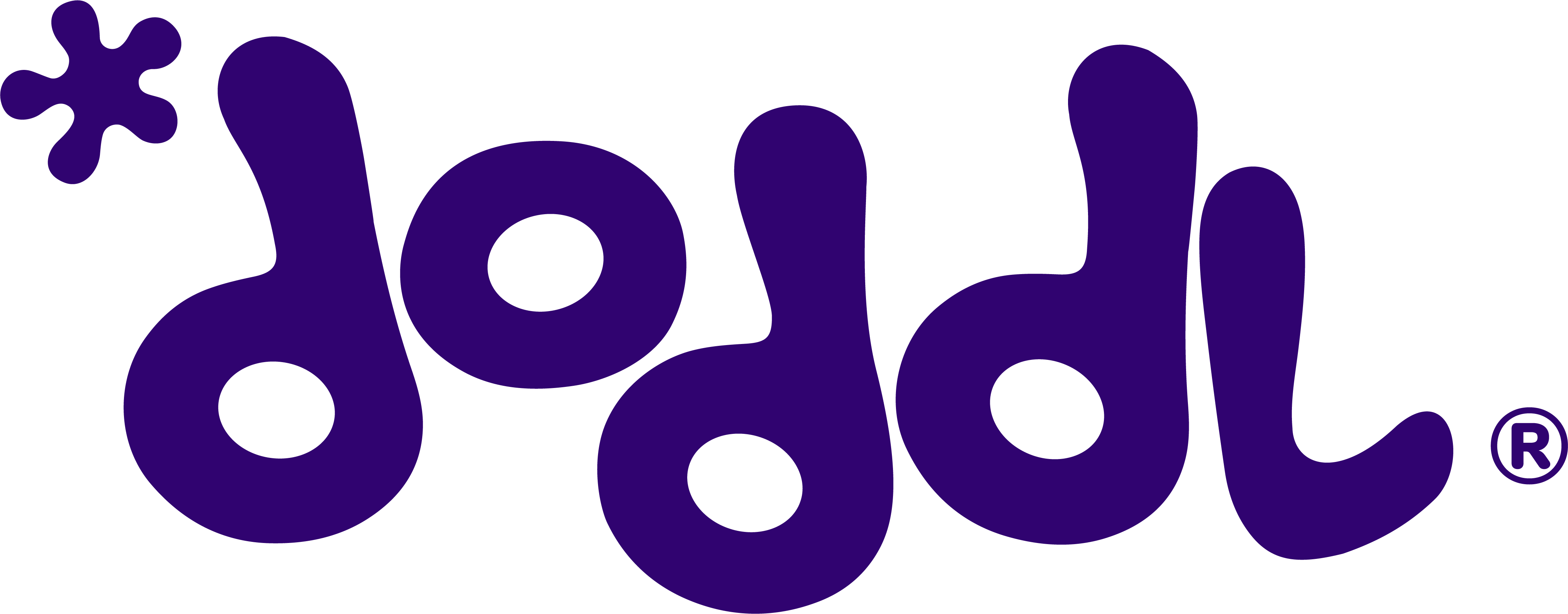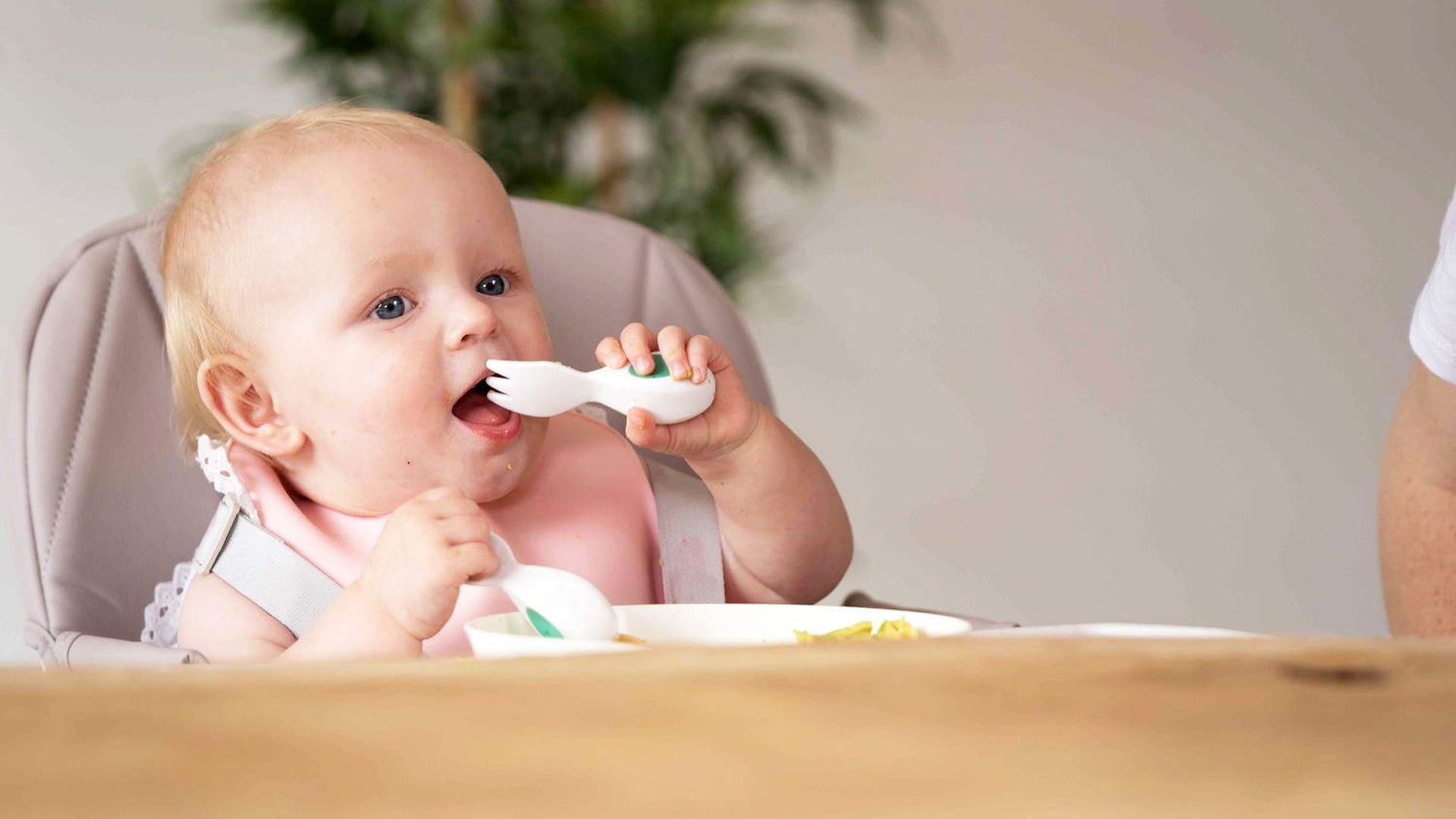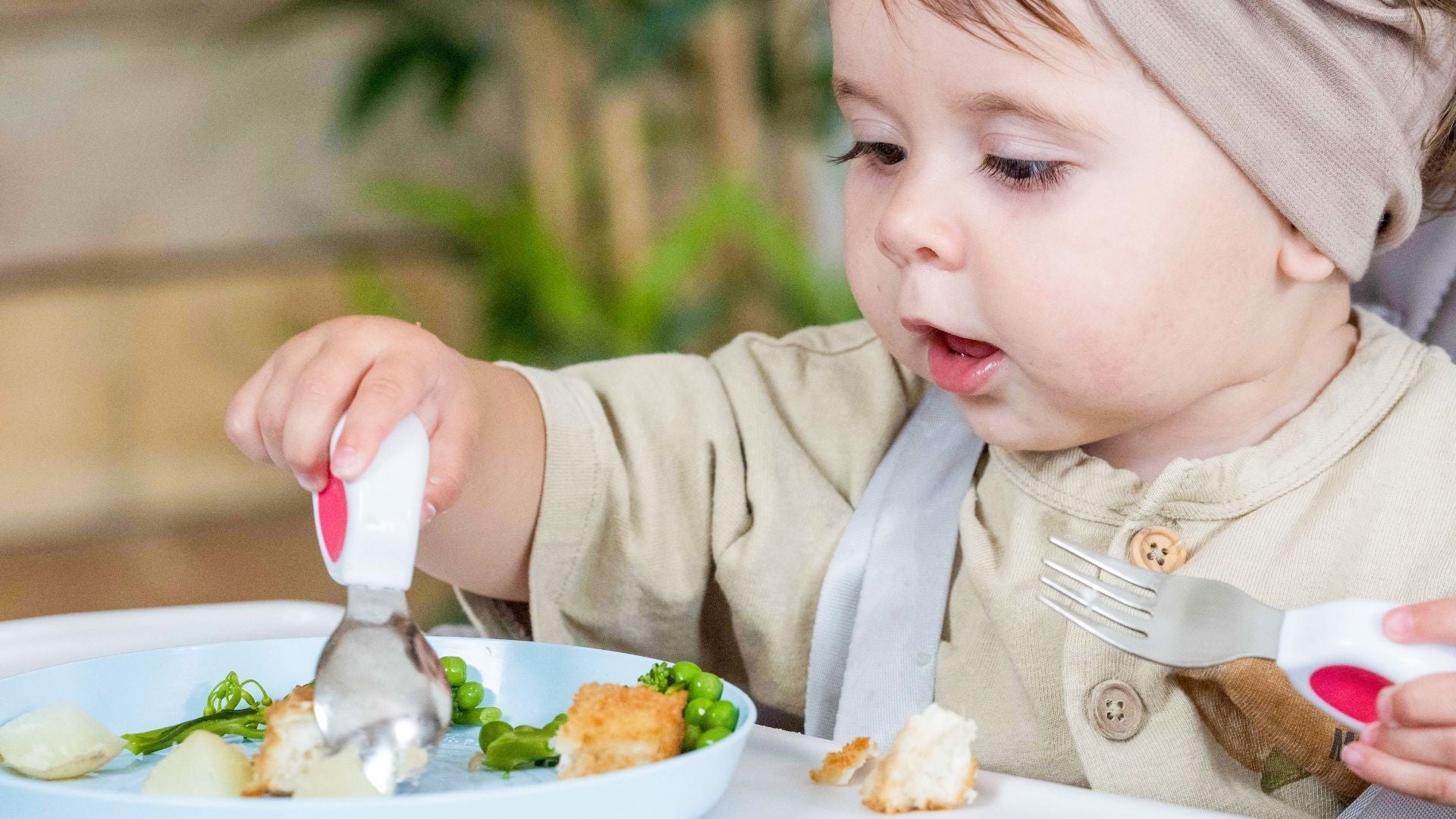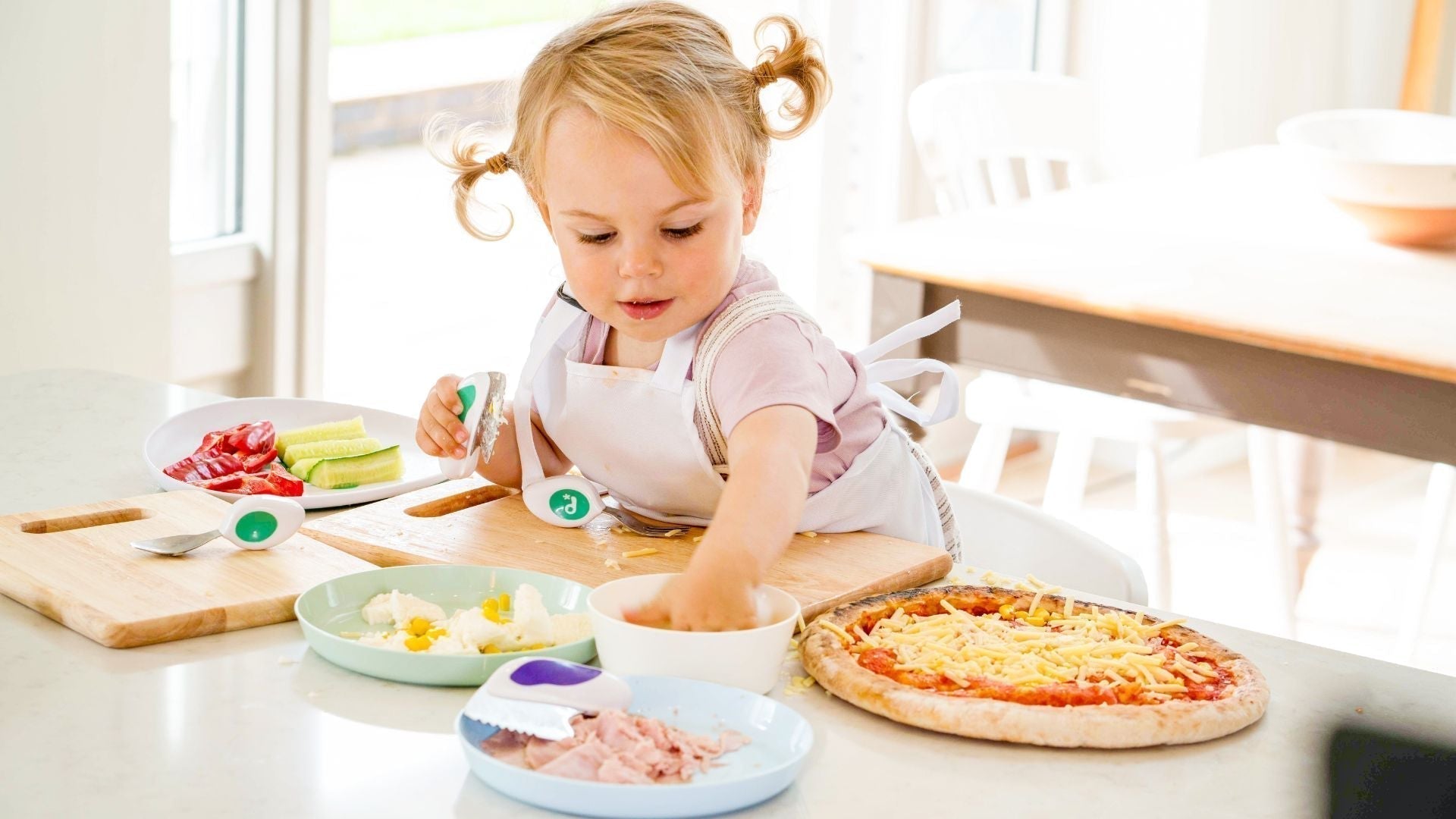Weaning your baby is one of those big parenting milestones that can feel exciting, emotional, and a little intimidating, often all at once. If you’ve just Googled “how to start weaning” between nappy changes and laundry loads, take a deep breath. This stage isn’t a single moment, it’s a gradual journey that unfolds in steps, and every baby finds their rhythm in their own time.
Typically, weaning starts at around six months old. It marks the shift from milk-only feeds (breast or formula) to introducing solid foods. The goal? To support your baby’s nutritional needs and help them explore a whole new world of flavours and textures.
So, if you’re wondering how to start weaning, here’s your friendly, practical guide to help make mealtimes easier and a lot more fun.
When Should You Start Weaning?

According to NHS weaning advice, most babies are ready to start weaning around six months. This is when milk alone may no longer provide all the nutrients your baby needs, particularly iron.
However, every baby is different. Some may be ready a little earlier or later, but the key is looking for signs of readiness (which we’ll cover next). Remember, even once solids begin, breast milk or formula remains a crucial source of nutrition, especially in the early stages.
Signs Your Baby Is Ready to Wean
Wondering how to know if your baby is ready for solids? Look out for these key signs of readiness:
- Can sit up and hold head steady.
- Hand-to-mouth coordination: grabbing objects and bringing them to their mouth.
- Swallows food rather than pushing it out.
It's worth noting that teething, increased appetite, or waking more at night aren't necessarily signs a baby is ready for weaning.
What Foods to Start With

When it comes to first weaning foods, the focus should be on nutrition and simplicity. Start with iron-rich vegetables like broccoli, peas, sweet potato, or spinach, offered as smooth purees or well-mashed foods. Introduce single ingredients one at a time so you can spot any allergic reactions. You can find more detailed NHS guidance on food allergies in babies here.
Avoid foods with added salt or sugar, honey (before age 1), cow's milk as a drink, whole nuts, and other choking hazards. For more on first foods, the NHS first foods guide is a great place to start.
How to Introduce Solid Foods
Here’s how to give baby solids step by step:
- Offer solid foods once a day when baby is alert and not too tired or hungry.
- Offer solids after a milk feed.
- Start with smooth purees, then move to mashed and finger foods.
- Let baby explore food with their hands.
- Combine spoon feeding and baby-led weaning if it works for your family.
How Much Should Your Baby Eat When Starting?

In the beginning, weaning is all about exploration, not consumption.
- Start with 1–2 teaspoons of food once a day.
- Increase gradually as baby shows interest.
- Don’t worry if they eat very little — milk is still their main nutrition source.
There’s no exact rule for portion sizes. Follow your baby’s cues and keep milk as their main source of nutrition for now.
Final Tips for a Smooth Weaning Journey
- Go at your baby's pace — there’s no rush.
- Let baby play with food to build familiarity.
- Embrace the mess.
- Offer a wide range of tastes and textures.
- If unsure, speak with your health visitor or GP.
And remember: mealtimes aren’t just about food. They’re about discovery, bonding, and independence. With the right baby cutlery, you can make weaning less messy and more magical.
Common Weaning Questions (FAQ)

What if my baby refuses solid food?
Keep offering regularly without pressure — it can take multiple tries.
Can I mix breast milk or formula into food?
Yes, it can make foods more familiar and easier to swallow.
Is baby-led weaning better than spoon feeding?
Both have benefits, and many families do a mix.
How many times a day should I feed solids?
Start once a day, then increase to two or three meals.
What are the choking risks when weaning?
Avoid hard, round foods like whole grapes and nuts. Always supervise your baby.




Leave a comment
This site is protected by hCaptcha and the hCaptcha Privacy Policy and Terms of Service apply.